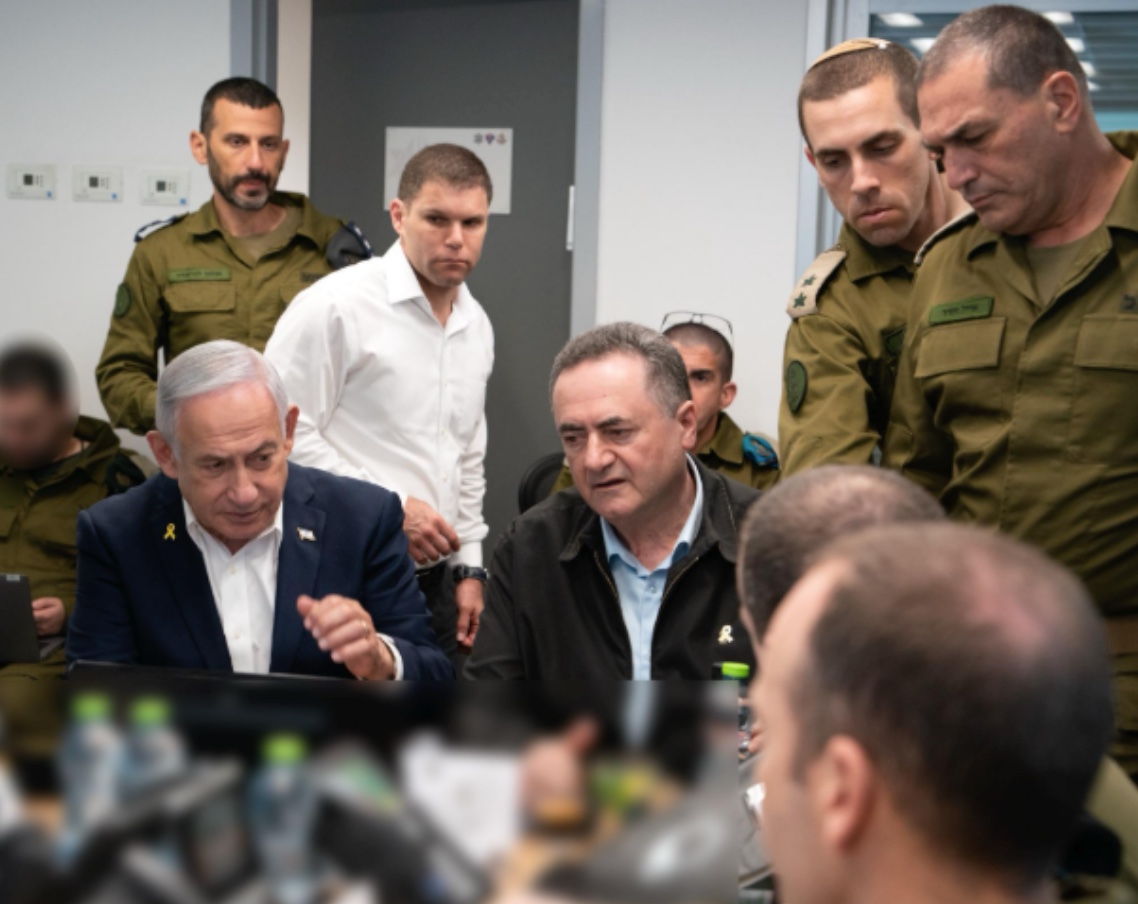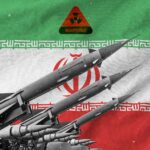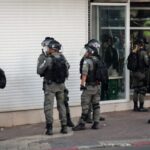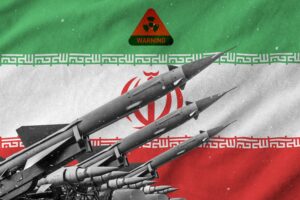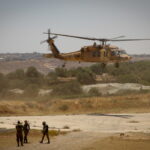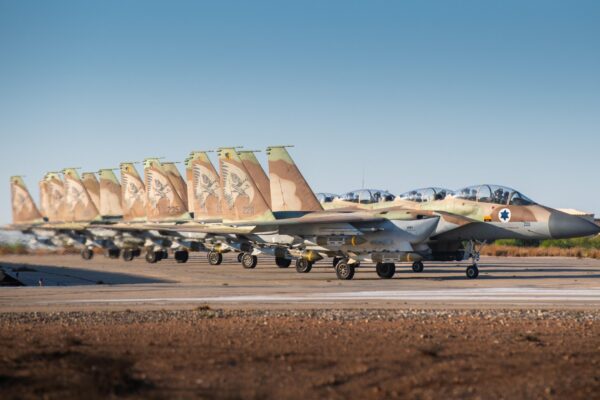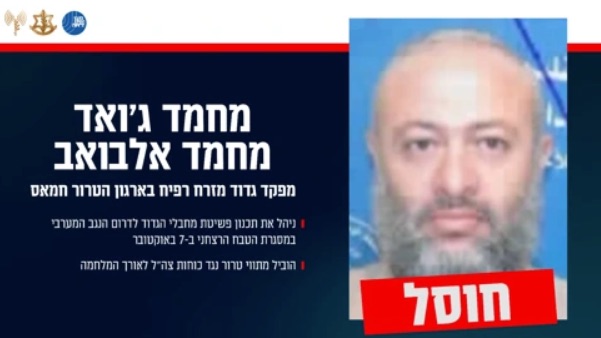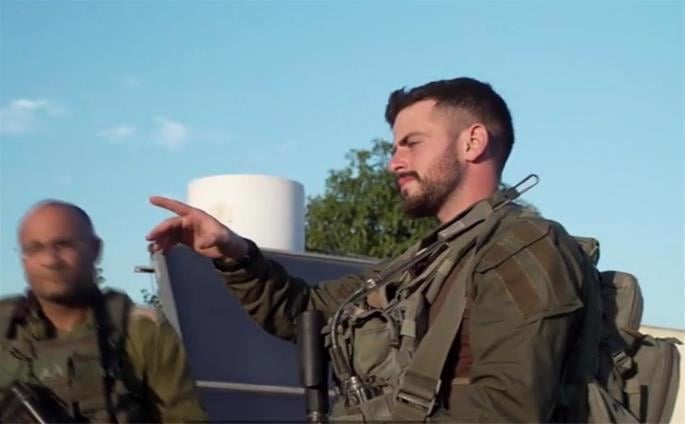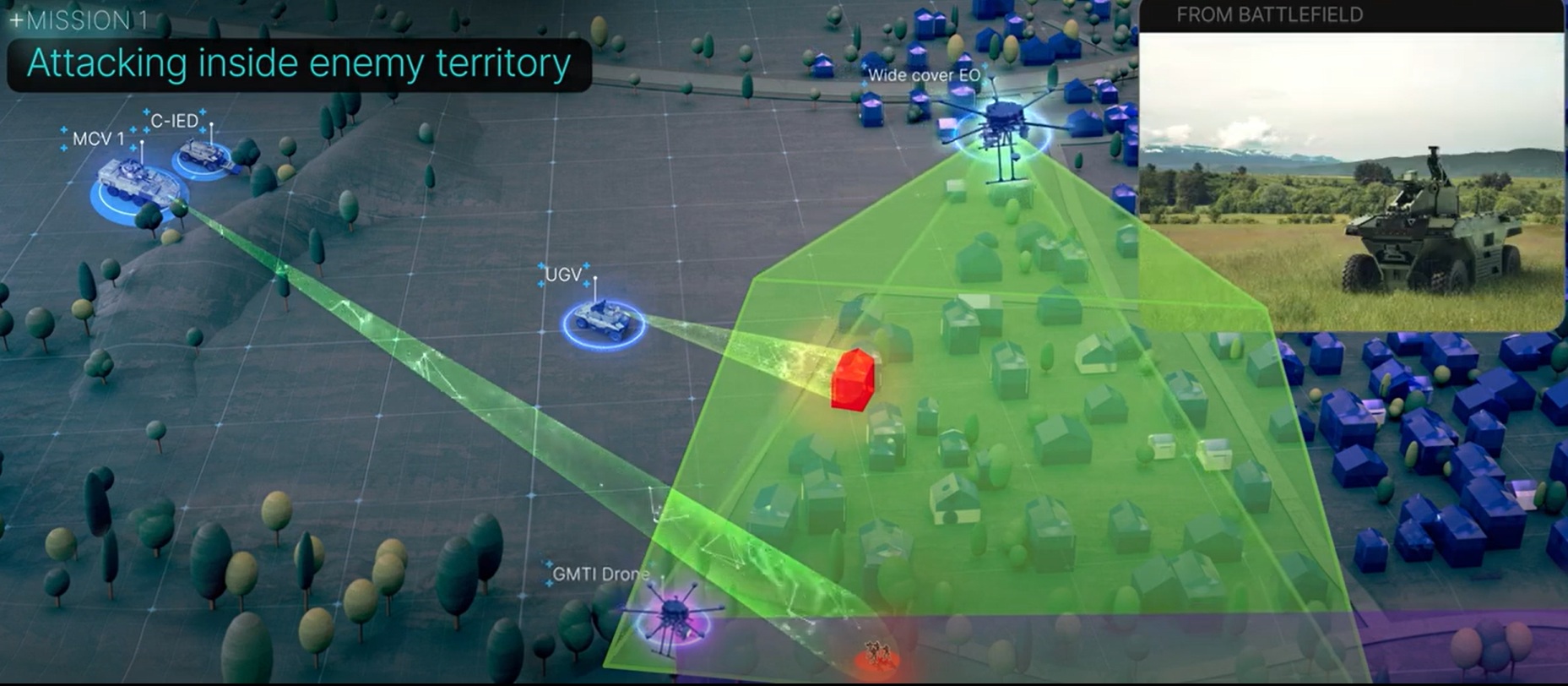Intelligence assessments indicate Hamas is exploiting the ceasefire to rebuild its tunnel network and rearm with more missiles.
By Hezy Laing
Under mounting uncertainty surrounding the fragile ceasefire in Gaza, Israeli officials have confirmed that the defense establishment is actively formulating an alternative plan should the agreement collapse and fighting resume.
Senior figures within the Ministry of Defense, the IDF General Staff, and the National Security Council have been meeting regularly in Tel Aviv to prepare for renewed hostilities.
The move comes as the second phase of the Trump ceasefire seems increasingly in doubt – mainly the disarmament of Hamas and the division of Gaza into three separate regions.
Recent reports say that Washington may now be considering a shift that would leave Hamas armed and entrenched, even as the White House insists it is committed to demilitarization.
The contingency plan, according to sources close to Defense Minister Israel Katz and Chief of Staff Lt. Gen. Eyal Zamir, would involve a combination of intensified military operations, expanded territorial control, and reinforced humanitarian mechanisms to manage civilian movement.
Key Details on Contingency Planning
The IDF is preparing to resume operations with a focus on neutralizing remaining Hamas capabilities and reasserting security control should ceasefire terms not be honored, or if the Trump peace plan fails to materialize a stable governance and security transition in Gaza.
Troops remain on high alert, with orders to “be ready for any scenario,” including possible redeployment, escalation, or further hostage recovery operations if the situation deteriorates.
Non-essential activities inside Gaza have been scaled back, and the military is conducting targeted strikes against any perceived remaining threats or hostile objectives during this sensitive period before full ceasefire implementation.
The IDF is actively repositioning forces and adjusting deployment lines as part of ceasefire protocol; however, military officials stress preparedness to act on short notice if security conditions require.
The IDF has already positioned additional brigades along the Gaza perimeter, including elements of the 162nd Armored Division and the Paratroopers Brigade, ready to reenter combat zones if Hamas resumes rocket fire.
Intelligence assessments from Unit 8200 and the Shin Bet indicate that Hamas has attempted to rebuild parts of its tunnel network and rocket manufacturing capabilities during the ceasefire, raising concerns that the lull is being exploited for reconstitution.
Officials stress that preventing militant rearmament is a central pillar of the contingency plan.
Air Force squadrons flying F‑35I Adir and F‑16I Sufa aircraft have been placed on heightened alert, with precision strike packages prepared to target command centers in Khan Younis and Rafah.
The Navy’s Sa’ar 6 corvettes are also tasked with enforcing tighter maritime interdictions to block smuggling routes.
At the same time, Katz has convened emergency meetings with Shin Bet chief David Zini and the National Security Council to coordinate with international partners, including the United States and Egypt, ensuring humanitarian corridors remain open for aid deliveries while maintaining strict inspection regimes to prevent dual‑use materials from reaching Hamas.
Politically, Prime Minister Benjamin Netanyahu has instructed the National Security Council to draft diplomatic fallback options that could be pursued if negotiations collapse entirely.
These include exploring limited agreements on prisoner exchanges and localized ceasefires, even while broader fighting resumes.
The defense establishment is also modeling escalation scenarios involving Hezbollah in Lebanon and terror groups in Judea and Samaria with Iron Dome, David’s Sling, and Arrow batteries deployed to guard against multi‑front rocket attacks.
Israeli officials emphasize that while the ceasefire remains in place, the IDF must be prepared for immediate resumption of combat.
The alternative plan reflects lessons learned from October 7, 2023, when Hamas launched its unprecedented assault, and underscores Israel’s determination to maintain operational readiness, protect civilians, and prevent its adversaries from regaining strength under the leadership of Defense Minister Israel Katz.


